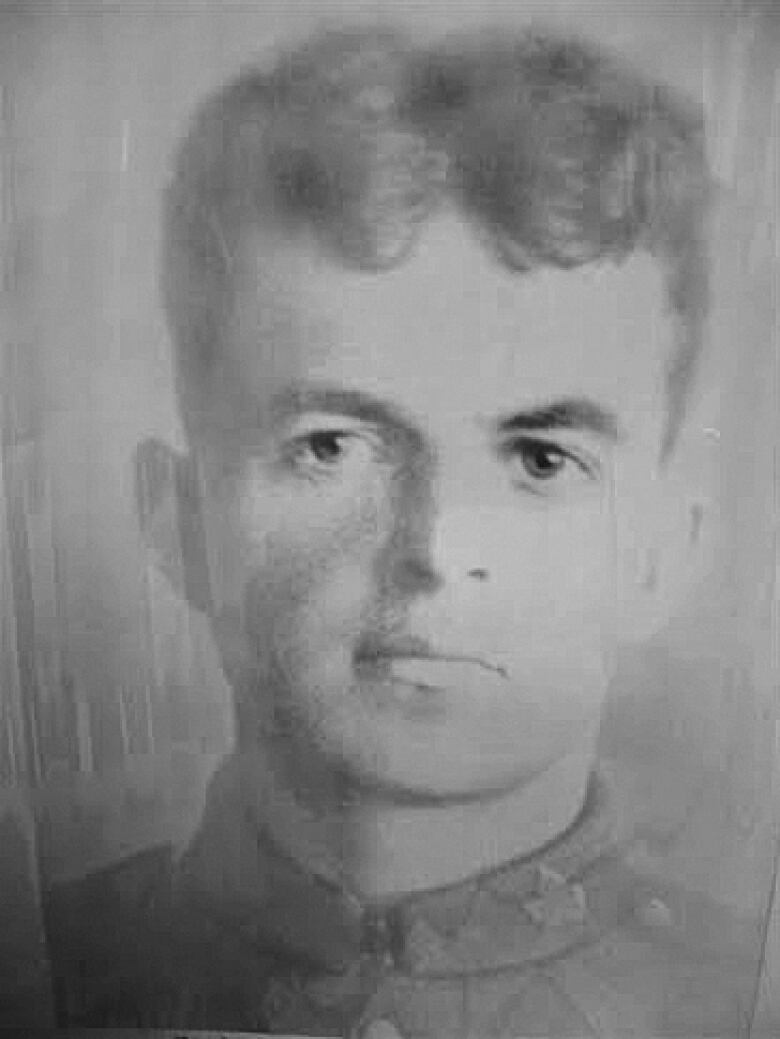No soldier forgotten: keeping track of Canada's war graves
The Commonwealth War Graves Commission maintains soldiers' burial sites - no matter where they are

Sapper Abraham Sowers was wounded at Vimy Ridge, the site of the iconic First World War battle.
He caught shrapnel in the face from an exploding shell and was evacuated to England, but later returned to France to servewith a combat engineering company digging tunnels underneath the front.
It was there Sowersdeveloped a nasty cough that put him in hospitalonce before the end of the war. He carried it home with him to Canada.
Pulmonary tuberculosis killed him in Hamilton,Ont. on Oct. 15, 1919. He was 31.

Sowers is one of hundreds of Canadian soldiers wounded on the battlefields of Europewho died and were buried at home.
A century later, his graveis still maintained in Canada by the Commonwealth War Graves Commission part of a complex, far-flung, multinational effort to ensure no soldier's sacrifice is forgotten.
David Loveridge, the commission's director for Canada and the Americas, visited Sowers'grave on Nov. 5 to check on its condition.
New to the job, hewas startled to learn that there are thousands of war graves outside of the old European battlefields where people might expect to find them.
"The fact that there are over 20,000 of them from the Commonwealth War Graves Commission perspective is a surprise to me, but I think for most Canadians it is a surprise," Loveridge said.
The vast majority of those Commonwealth war graves 19,000 can be found here in Canada. They're legacies of the First World War, the Second World War and the Korean conflict."
It's the commission's job to look after them "in perpetuity," Loveridge said. "Most Canadians would not realize there is a Commonwealth war grave in their local cemetery. It doesn't matter where you are across Canada."
The commission began its work in 1917 in Europe, but the organization has since grown into a global operation, caring for the graves and memorials of 1.7 million Commonwealth men and women.
Its work has spread across every continent (except Antarctica) and includes graves in some of the most remote corners of the world. Loveridge said he was amazed to find his office is responsible for maintaining gravesites as far afield asthe Falkland Islands, off Argentina.

"Each one of those headstones represents someone's son,someone's father. There's children involved,brothers and sisters," said Loveridge. "When you start to read at the bottom of the headstone, the inscription that's at the bottom which in most cases [was] provided by the family of that soldierit really starts to hit home."
Abraham Sowers left behind a wife, Lennie (Liny), and three daughters: Francis, Florence and Lorie.












_(720p).jpg)


 OFFICIAL HD MUSIC VIDEO.jpg)
.jpg)



























































































